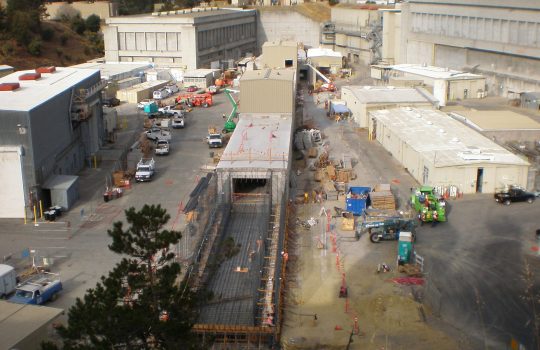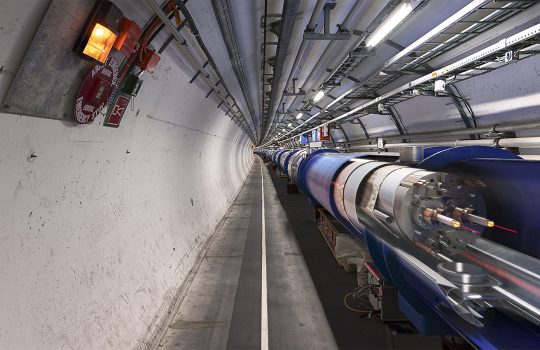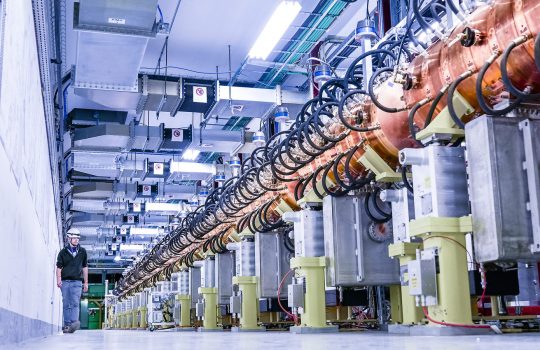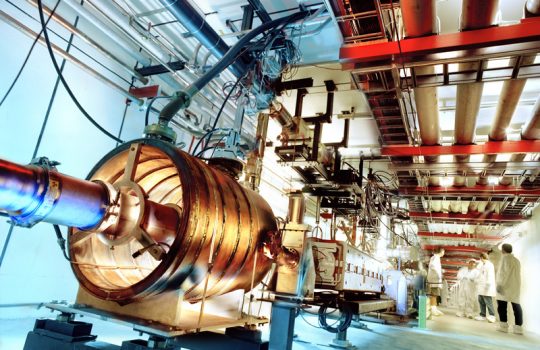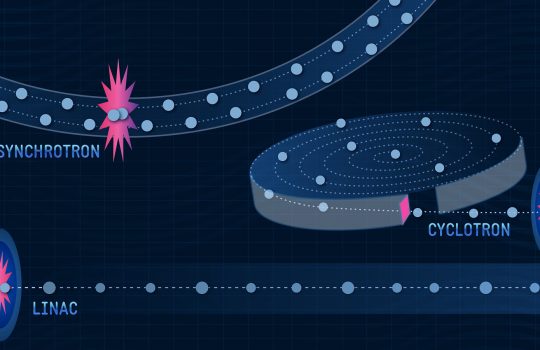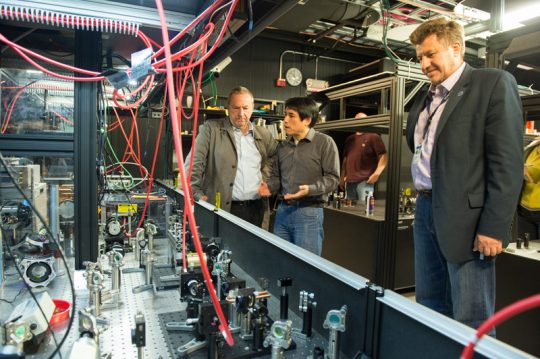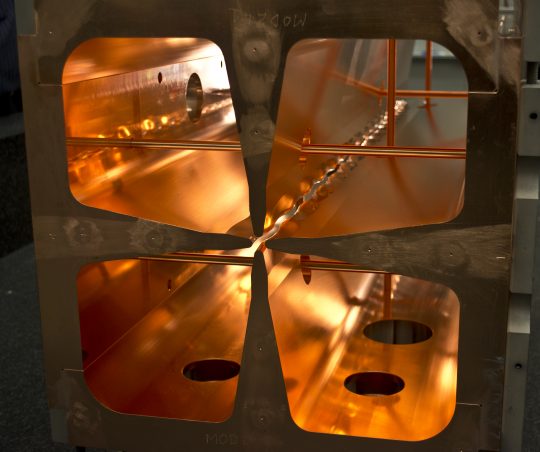Una animación del complejo de aceleradores de partículas del Fermilab
From Tecnomania, March 21, 2018: Esta animación muestra sobre unas bonitas imágenes aéreas el funcionamiento de los aceleradores de partículas del Fermilab –nombre coloquial del Laboratorio Nacional Fermi– que se construyó en 1967 en Illinois (Estados Unidos) hace ya la friolera de más de 50 años. Actualmente lo están «actualizando» y ampliando para llevar a cabo nuevos experimentos.

